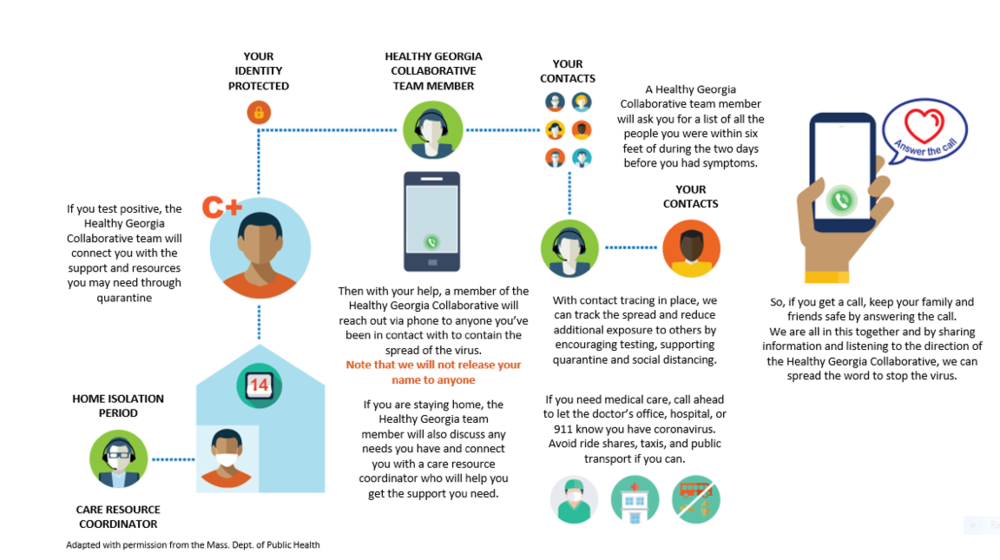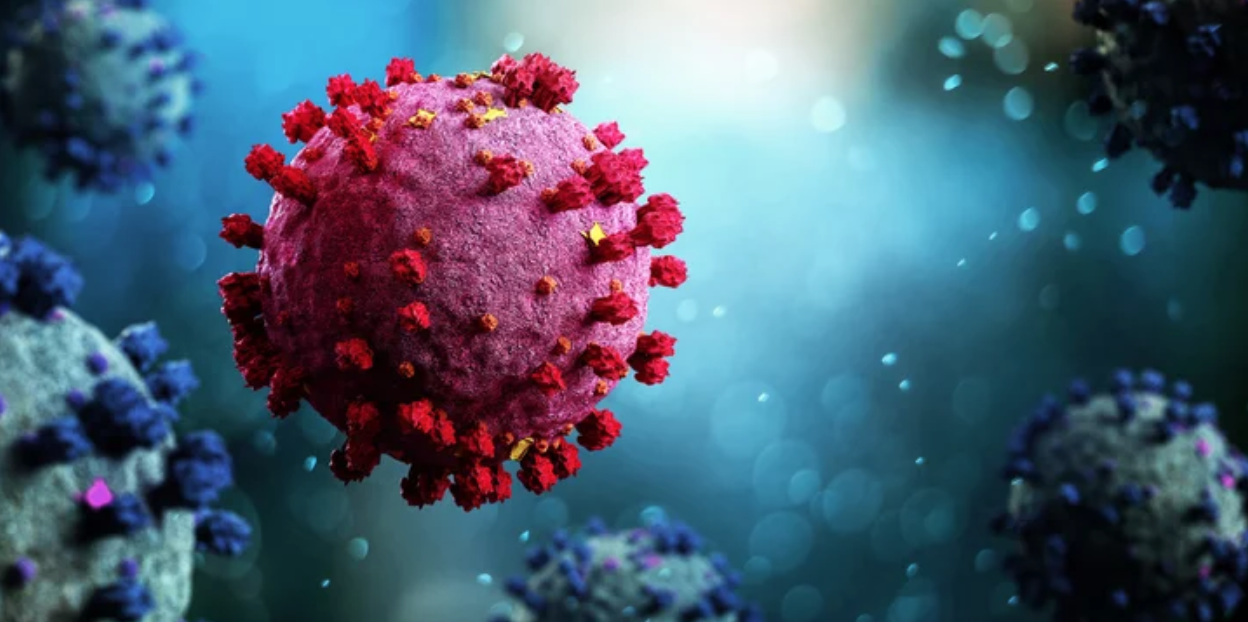
The Georgia Department of Public Health is expanding contact tracing for COVID-19 statewide.
The agency’s goal is to have at least 1,000 contact tracers in place by early June. As of May 12, there were 250 deployed across the state.
Contact tracing is used to identify and mitigate hot spots of infection to help prevent further spread of the virus, a news release from the agency says.
What is Contact Tracing?
Contact tracing is the process of quickly identifying, assessing, and managing people who have been exposed to a disease to prevent additional transmission. When used with other public health measures like widespread testing and social distancing, contact tracing is a key strategy for preventing further spread of COVID-19. DPH is scaling up and training a large contact tracer workforce to stop the transmission of COVID-19.
How contact tracing works
When DPH is notified of a case (a person with confirmed COVID-19), the case is interviewed and people they had close contact with (within 6 feet for 15 minutes or longer) beginning two days before they became ill are identified. DPH will then reach out to these individuals either by phone or text message to inform them that they have come in contact with someone with COVID-19 and enroll them in symptom monitoring.

Individuals will be asked to monitor their symptoms and report any symptoms through a text messaging system, or by calling DPH if unable to text, and are asked to stay home for 14 days after their last contact with the case.
Individuals who develop symptoms during the course of their symptom monitoring will be asked to isolate themselves at home and will be referred for COVID-19 testing, or to seek medical care if necessary.
All information collected is provided voluntarily and will be kept confidential according to HIPAA standards.




